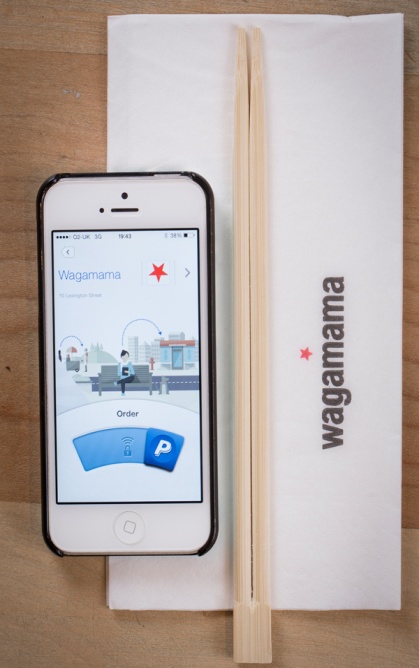The latest technologies are always likely to create a murmur of scepticism and concern amongst customers, with words like ‘invasive’ and ‘unnecessary’ being common phrases of description. Marketers, then, are under pressure. Not only do they need to sway the sceptics, but they also need to choose the right type of technology for the job.
The communications agency, Dinosaur, recently penned an insight into this very phenomenon. They argue that, with the majority of consumers now armed with smartphones or tablets, there is a heavy demand on today’s marketing strategies to demonstrate pre-emptive thinking. They need to be able to anticipate, not where consumers are right now, but where they are likely to go next. Dinosaur argue that shoppers are never static, but move from one location to another, with high expectations for easy to use, contextually relevant services. Marketing, then, not only needs the latest technology to satisfy a digital generation of consumers, but it also needs to combine this with foresight and perfect timing. It is essential to understand the patterns playing out in the market place, in order to recognise what the customer wants, before they even realise that they want it. Apps, NFC and iBeacon technology are examples of advancements in the field that have the potential to achieve this, arguably stimulating a higher level of engagement between consumer and brand. But while this type of marketing has the potential to provide powerful results, there is still a risk. If you are constantly and consistently transmitting your message, you have to make sure that what you’re saying is worth being heard.
 Perhaps the most important skill needed for this type of marketing is understanding the mindset of the consumer.
Perhaps the most important skill needed for this type of marketing is understanding the mindset of the consumer.
Brands need to ensure that what they are saying is relevant and effective, but they also need to say it at the exact moment when their customer is most susceptible to hearing it. As Saatchi & Saatchi X have illustrated, Amazon has partnered up with Twitter in order to enable consumers to shop through social media. Impulse can be one of marketing’s strongest allies, and Amazon have now provided a platform where shoppers can indulge effortlessly. Twitter users can add products to their shopping basket instantly, simply by replying to item links on Twitter with the hashtag #AmazonCart.
Similarly, PayPal have designed a new service in partnership with Wagamama that aims to simplify the casual dining experience. Shoppers can use PayPal to view the restaurant menu, order ahead of time, and pay for their meal, all through the use of their mobile phone. Brands are utilising technology in a bid to converge all of a consumers' needs into one, and are therefore infiltrating the daily routines of the customer, with minimal risk of being seen as disruptive. By creating a smoother experience for the customer, brands are able to improve public perception, and encourage further interaction.
Before these types of technologies can even begin to take hold, there is the need for persuasion.
Consumers still need to choose to be part of such digital platforms. They still need to download the app, turn on their Bluetooth, or opt-in. Brands then, need to convince the consumer of the benefits: why is this digital experience better than the real life one? What impact will it have on the way I shop? Do I even really need it? This is where creativity comes in. L’Oreal, for example, recently designed a new app called ‘Makeup Genius.’ It turns the customer’s phone into a virtual mirror, and enables them to experiment with numerous cosmetic colours and styles, without spending a penny. It is the job of brands and their marketing agencies to simplify the shopping experience, and make the consumer want something they never even knew they needed. If a brand wants to have a lasting impact, one that reaches all corners of the market, they need to significantly enhance the consumer experience, without taking anything away from it.
 Whether a brand chooses to use social media, in-store technology or innovative apps to connect with the consumer, the message remains the same: marketing must be creative, it must be concise and it must be carefully considered.
Whether a brand chooses to use social media, in-store technology or innovative apps to connect with the consumer, the message remains the same: marketing must be creative, it must be concise and it must be carefully considered.
Technology is opening up new avenues for advertising, and while brands must adapt, they must also never forget the basics. You need to know your consumer, you need to know your brand, and you need to make sure that what you’re saying really counts.
Read more from haystackonline in our Clubhouse.
